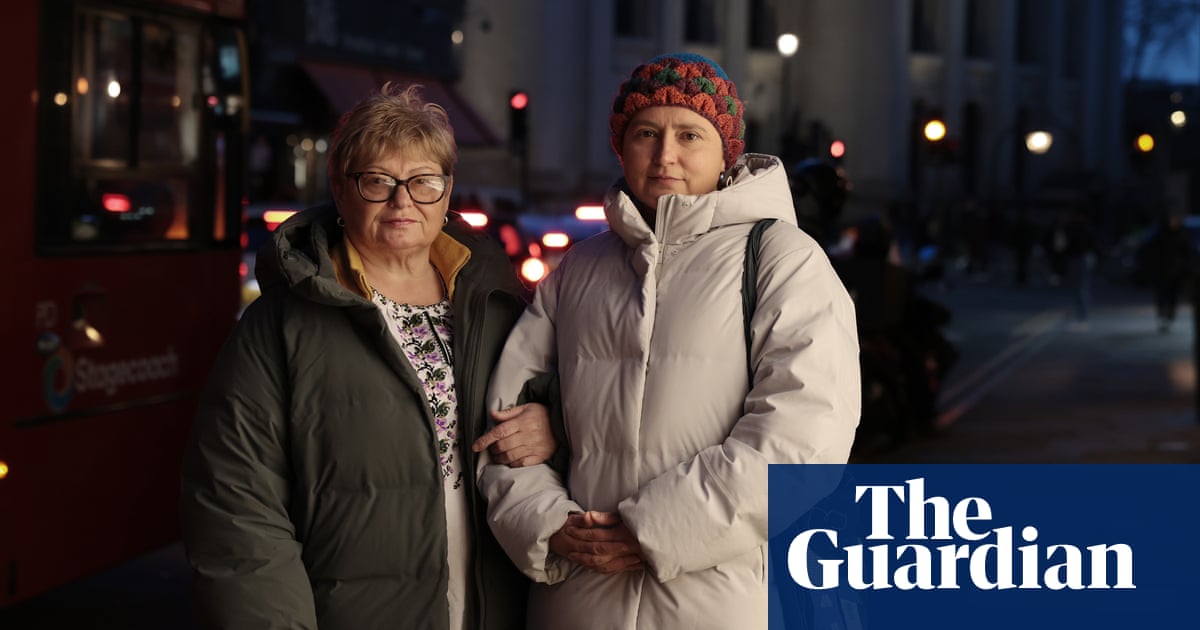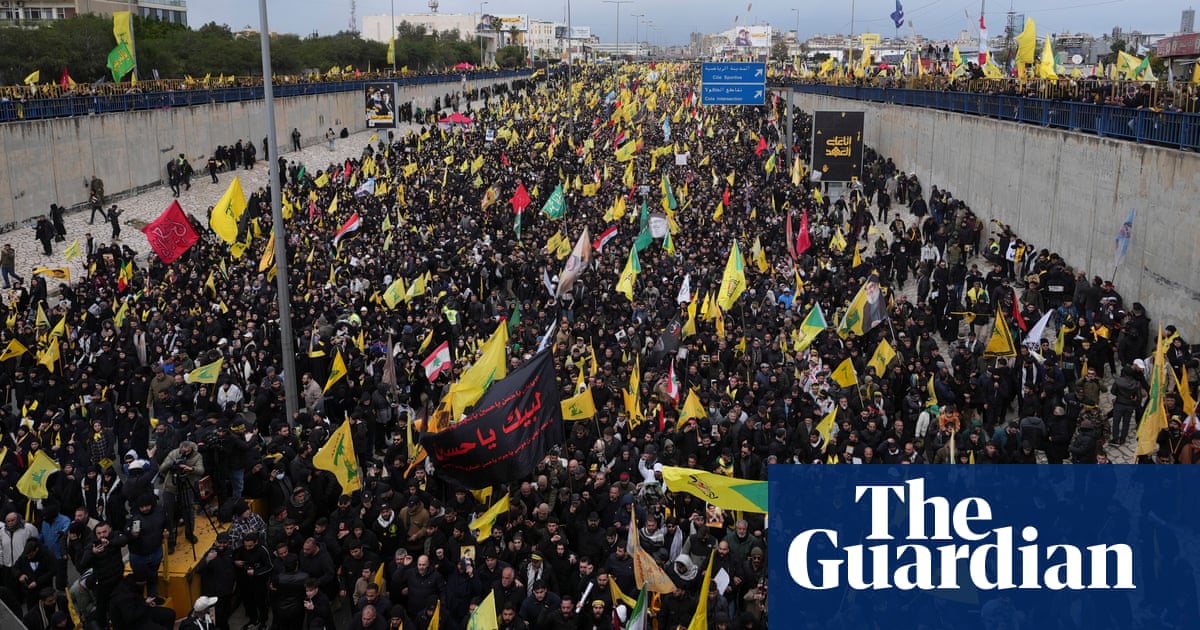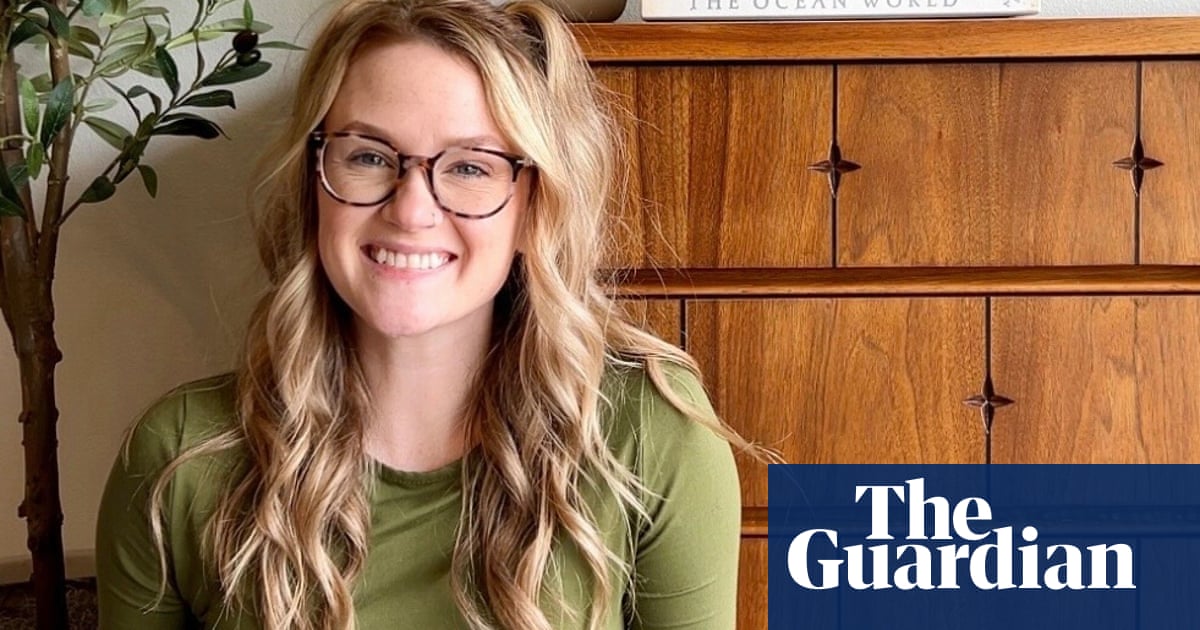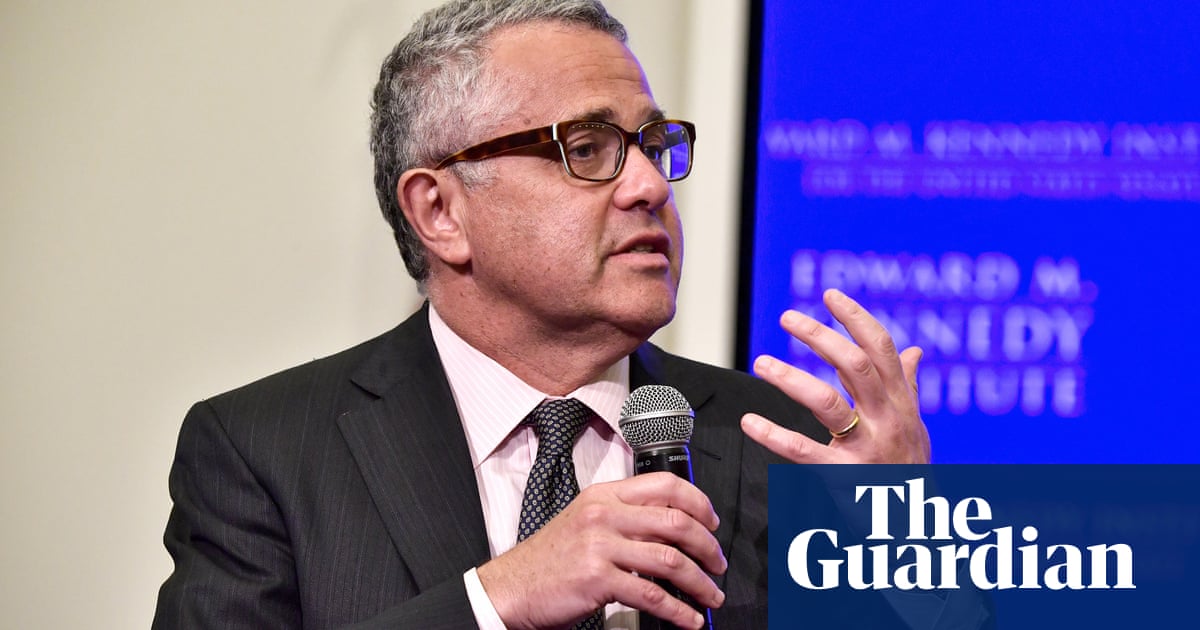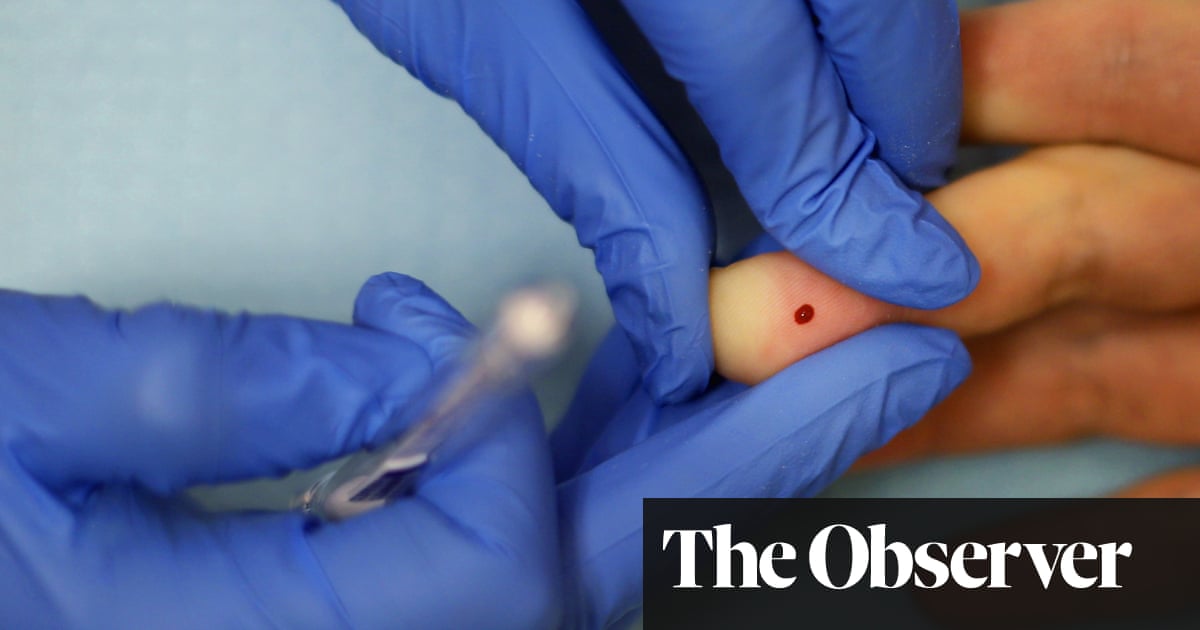On Christmas day, 2004, Chris Xaver arrived in Phuket, a popular tourist destination on the south-west coast of Thailand, for a brief holiday. It was already dark by the time she and her then husband, Scott, got to the hotel; she couldn’t see the ocean, but could smell the saltwater of a beach vacation. The next morning, she had just stepped out of the shower when water started flooding their sea-level bungalow. Thinking the water main had broken, they called the front desk. No answer. Outside the bungalow, they saw the remnants of what they assumed was a rogue wave. “The lexicon, the word tsunami, was not in our brain,” Xaver recalled.
Twenty years on, she remembers standing in an open-air beach restaurant, about 40ft behind Scott, watching another wave approach. A journalist by training, she pulled out her camera to record it. Through the lens, she saw the wave scoop up a Toyota pick-up truck and carry it toward her. “It wasn’t a wall of water, like a Hawaii Five-0 with a curve,” she remembered. “It was just raised water coming at you. I will never, ever forget it.” She had enough time to yell to her husband and jump on a beach chair before she was underwater.
The two-ish minutes in which she was swept away by the Boxing Day tsunami were “the fastest, slowest time period of my life”, she says in Tsunami: Race Against Time, a new documentary series by National Geographic on the worst natural disaster of our lifetimes. Xaver is one of several survivors to share her experience in the four-part series, which expertly collates personal testimony and archival footage of unfathomable devastation, fear, human kindness and loss. The deadliest tsunami in recorded history, triggered by a magnitude 9.1 earthquake off the coast of Sumatra, Indonesia, on the morning of 26 December, touched 14 countries around the Indian Ocean, from Thailand to Sri Lanka to Tanzania, and killed more than 225,000 people.
Occurring well into the era of personal video but at the dawn of the social media age, there exists much firsthand evidence of the freak, terrible disaster, though it took years to fully grasp the scope of its devastation. Still, some images of the tsunami are by now familiar, haunting – people roaming the exposed beach as the water pulled back, not aware of the impending wave; a wall of brown water pulverizing cars, buildings, windows, anything in its path; floating masses of debris; hideously churning water as high as the rooftops.
Tsunami: Race Against Time, includes much of this footage and the testimony of those who endured the ocean’s horrific game of chance. It also includes stories and archival footage from places less familiar to western news audiences, who primarily heard from English-speaking tourists in hard-hit Thailand. “One of the first things that we wanted to do is to uncover archive from places that we haven’t seen before, like Sri Lanka and Banda Aceh, Indonesia, in particular, and also a lot of archive from Thailand that had never been shown before,” the director Daniel Bogado said. Bogado, who previously directed a similarly witness-based, minute-by-minute docuseries on 9/11, headed a team of researchers, producers and local fixers – many of whom survived or lost loved ones to the tsunami – who spent months sourcing never-before-seen archival footage, and the people in it, from all affected countries. The research was “a labor of love”, said Bogado. “It’s just a huge amount of work that goes on before you even film a single interview.”
The stories recounted over four episodes include a woman who watched her family’s house fill with water on the morning of her wedding in Banda Aceh, Indonesia – the first major city hit, already reeling from the earthquake’s damage that morning. A hospital in Sri Lanka, which through a terrible quirk of science was hit on all sides of the island by refracted waves. A survivor of a Sri Lankan train that, because of the unprecedented nature of the disaster and a lack of warning systems, barreled right into the tsunami, killing 1,700 people – the worst railway disaster in history. A man who pulled a toddler from the wreckage in Indonesia, but lost track of her at the hospital. Barry Hirshorn, a seismologist at the Pacific Tsunami Warning Center in Hawaii, who understood the danger of the tsunami as it was happening but because of patchwork warning systems was reduced to attempting to reach foreign governments by corded telephone. People who lost their siblings and parents and friends; people who thought they lost their loved ones, only to miraculously find them in the wreckage.

Even though she was slammed into a wall by water and impaled by porch furniture, Xaver was one of the lucky ones. The power of the water slackened before she lost consciousness and, though badly injured, she was able to stand up. Her husband, pulled from the water by another tourist, also survived. Thanks to a hotel shuttle and triage care by fellow travelers, they were able to escape yet another wave, and made it to a hospital in Phuket, then another in Bangkok. After another hospital stay weeks later for gangrenous infection, she eventually emerged relatively physically unscathed. But the damage lingers. “There’s a tremendous amount of guilt that comes with having survived something when amazing human beings did not,” she said. “You just have to really grapple with all that guilt – why am I here, and then what is my responsibility for being here? If I’m going to be given this chance, then I better do something with it.”
In the years since, Xaver felt a sense of duty to share her story. “If you survive this, you somehow must share it, because it’s too big and it touched too many lives,” she said. Many others who participated in the series felt similarly, said Bogado. “The pitch that we made to people was always quite similar, which was this documentary will serve, first, as a historical record” – particularly important, as much of the footage from the time was on the brink of being lost, if not already compromised by humidity or decay. Twenty years is, it turns out, more than many hard drives can survive.
And second, the series serves as a “memorial to the lives that were lost”, said Bogado. Just a handful are remembered in detail here, each one gutting, by people willing to relive, in empathic and harrowing detail, the worst day of their lives, still unbelievable 20 years on.
-
Tsunami: Race Against Time is available on Disney+ and also Hulu in the US

 2 months ago
47
2 months ago
47

